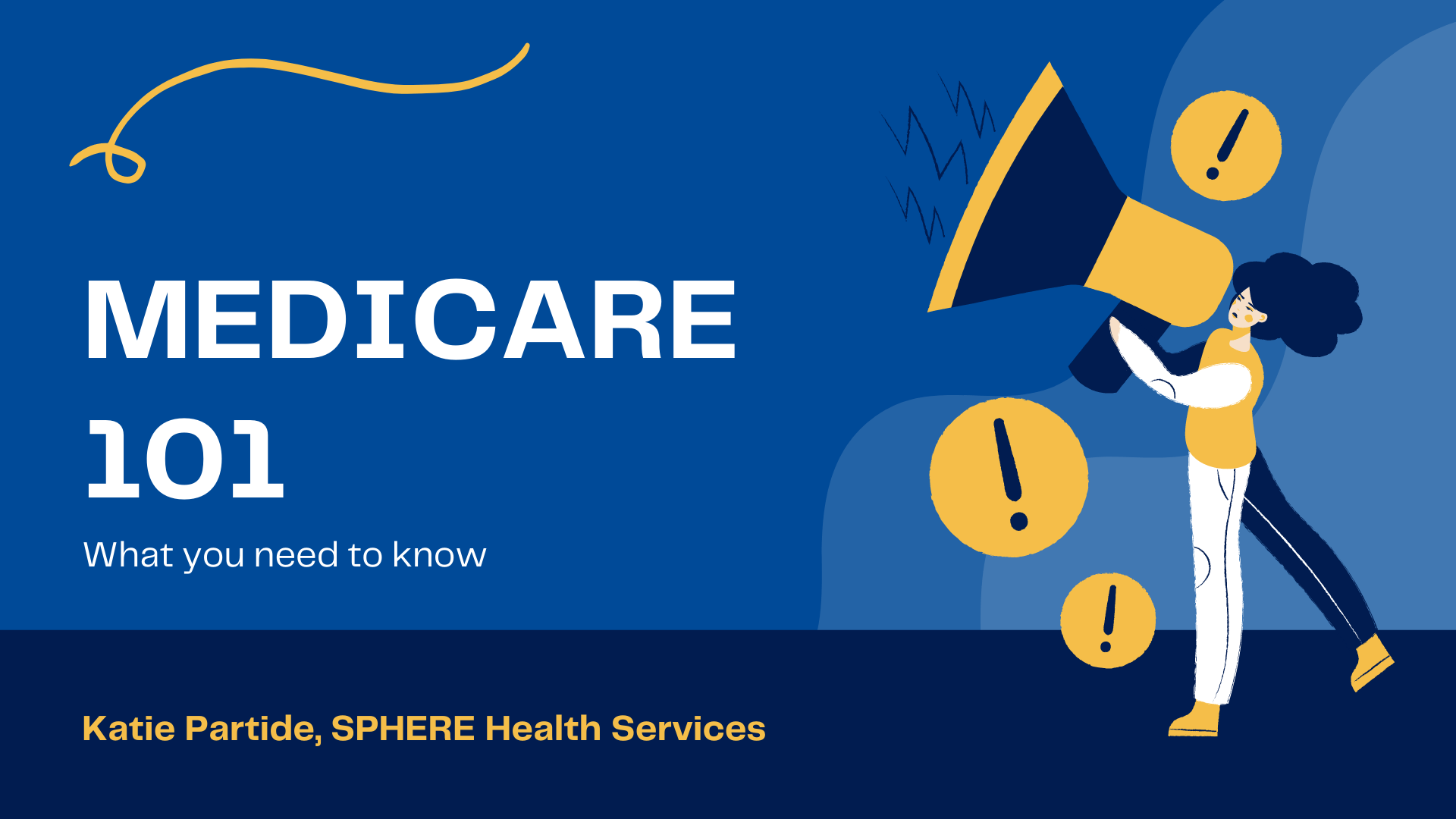
GET A FREE QUOTE TODAY - CALL US (316) 766-8700
Medicare Basics 2022

Medicare health insurance is for people 65 or older. If you've reached age 65 or are getting close, knowing the basics of what Medicare is and how it works is an important first step in determining what healthcare insurance will best suit your needs.
What is Medicare?
Medicare is divided into "Parts". Each part of Medicare covers different elements of your health services:
Part A (Hospital Insurance):
Helps cover inpatient care in hospitals, skilled nursing facility care, hospice care, and home health care.
Part B (Medical Insurance):
Helps cover:
- Services from doctors and other health care providers
- Outpatient care
- Home health care
- Durable medical equipment (like wheelchairs, walkers, hospital beds, and other equipment)
- Many preventive services (like screenings, shots or vaccines, and yearly “Wellness” visits)
Part D (Drug coverage):
Helps cover the cost of prescription drugs (including many recommended shots or vaccines).
>>You join a Medicare drug plan in addition to Original Medicare, or you get it by joining a Medicare Advantage Plan with drug coverage. Plans that offer Medicare drug coverage are run by private insurance companies that follow rules set by Medicare.
Medicare Supplemental Insurance (Medigap):
This is extra insurance you can buy from a private company that helps pay your share of costs in Original Medicare. Policies are standardized, and in most states named by letters, like Plan G or Plan K. The benefits in each lettered plan are the same, no matter which insurance company sells it.
Your Medicare Options
When you first sign up for Medicare and during certain times of the year, you can choose which way to get your Medicare coverage. There are 2 main ways:
Go with Original Medicare:
- Original Medicare includes Part A and Part B.
- You can join a separate Medicare drug plan to get Medicare drug coverage (Part D).
- You can use any doctor or hospital that takes Medicare, anywhere in the U.S.
- To help pay your out-of-pocket costs in Original Medicare (like your 20% coinsurance), you can also buy supplemental coverage, like Medicare Supplement Insurance (Medigap), or have coverage from a former employer or union, or Medicaid.
Opt for Medicare Advantage (also known as Part C, in case you wondered how the parts went from B to D):
- Medicare Advantage is a Medicare-approved plan from a private company that offers an alternative to Original Medicare for your health and drug coverage. These “bundled” plans include Part A, Part B, and usually Part D.
- In most cases, you’ll need to use doctors who are in the plan’s network.
- Plans may have lower out-of-pocket costs than Original Medicare.
- Plans may offer some extra benefits that Original Medicare doesn’t cover — like vision, hearing, and dental services.
So... What's the Difference Between Medicare and Medicaid?
Medicare is federal health insurance for anyone age 65 and older, and some people under 65 with certain disabilities or conditions. Medicaid is a joint federal and state program that provides health coverage for some people with limited income and resources. Medicaid offers benefits, like nursing home care, personal care services, and assistance paying for Medicare premiums and other costs.
If you qualify, you can have both Medicare and Medicaid.
There are more differences between Original Medicare and Medicare Advantage--additionally, if you qualify, you can have both Medicare and Medicaid.
It's a Lot to Consider... Let Us Help You Figure It Out.
At SPHERE Health Services, we are committed to helping our clients navigate through the options and determine their best choices. Give us a call or send us a request for a free consultation today!

